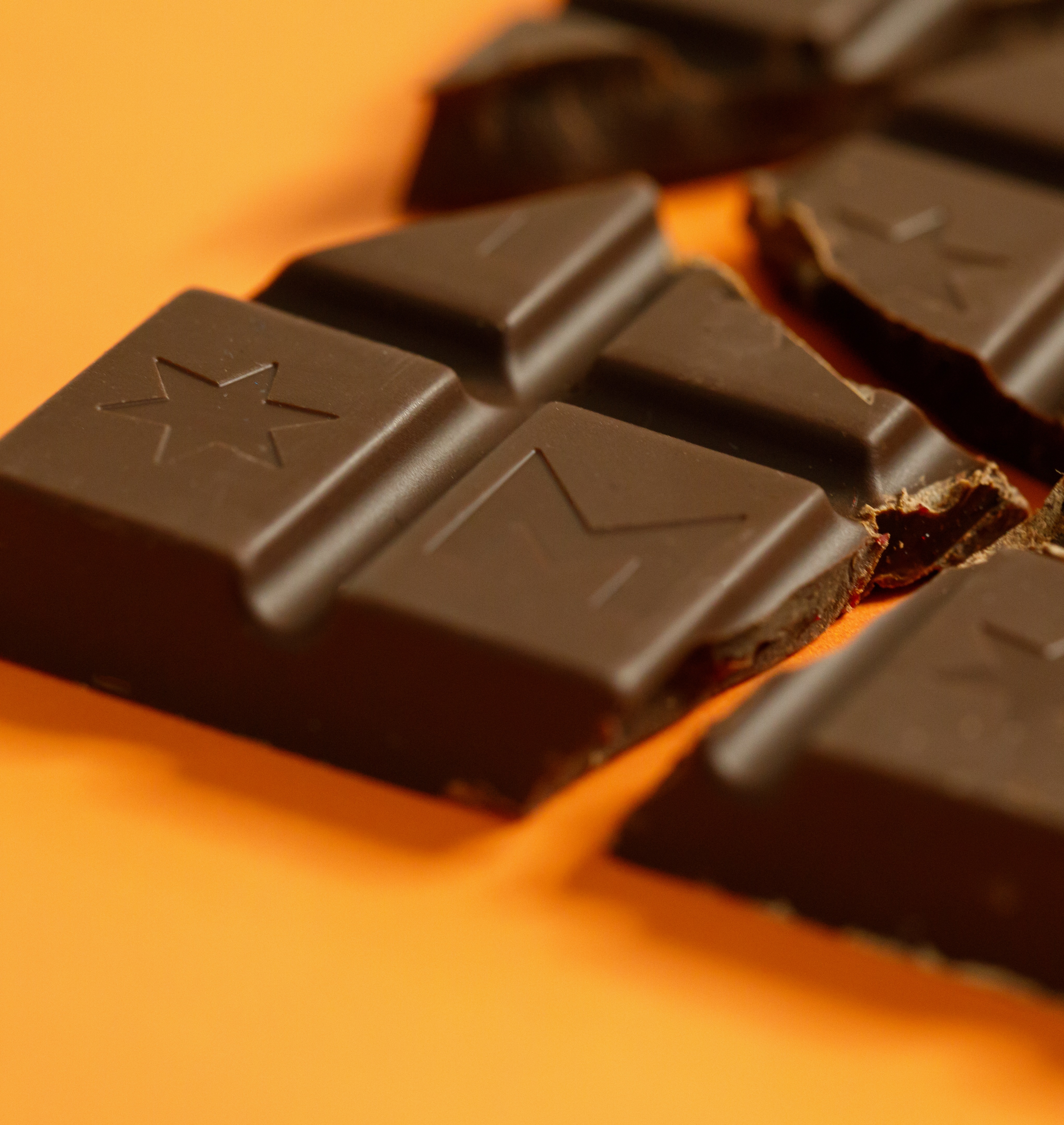
Should I be worried about Lead and Cadmium?
It appears that there is a new baddie on the block in the media as we have seen an increasing number of articles about lead and cadmium levels in products American and global chocolate brands. If you too are worried then let us explain the truth below.
So what is all the fuss about?
Articles from the likes of American Consumer Reports have suggested that levels of metals, lead and cadmium, in tested chocolate were high enough to be of a health risk. As you all know consumers are at the heart of everything we do here so we wanted to reassure you that this is not a concern.
What are lead and cadmium?
Cadmium occurs naturally in the environment in its inorganic form. The general population is exposed to cadmium from multiple sources, including smoking. For non-smoking people food is the dominant source. The European Food Safety Authority (EFSA) noted that often it is not the food with the highest cadmium levels, but foods that are consumed in larger quantities that have the greatest impact on cadmium dietary exposure. Major contributors to cadmium intake include food categories such as grains and grain products (27% contribution), vegetables and vegetable products (16%) and starchy roots and tubers (13%). Cadmium can be found occasionally in cocoa and chocolate and is typically associated with uptake of the metal from the soil by the cocoa trees. Chocolate products made a minor contribution (4%) to dietary exposure across all age groups.
Lead levels are influenced by where and how the cacao beans are handled by humans after harvest, the committee found. Post-harvest lead contamination mostly happens during the outdoor fermentation and drying of beans, during which soil and dust that contain lead come in contact with the cacao bean shell.
Lead exposure is usually addressed by legislation, like the European Union’s Commission Regulation (EC) No. 2021/1317, which focuses on establishing maximum levels of lead in foodstuffs. However, the technical report on cacao by the European Food Safety Authority (EFSA) defined the limits of cadmium in cacao, but not lead.
Should I be concerned?
"Heavy metals can and do exist in some foods (from the soil, water and air where they're grown), but it isn't something that individuals need to be overly stressed about," says registered dietician, Sarah Schlichter, M.P.H., RDN.
How do we keep you safe?
All of our chocolate complies with European & UK food safety laws which state the safe levels of lead and cadmium that can be found in chocolate (EC regulation 1881/2006). In the UK, the permitted levels of lead are between 0.1 mg/kg (milk chocolate) - 0.8mg/kg (dark chocolate).
As a responsible chocolate manufacturer, Montezuma’s monitors the occurrence of contaminants such as Cadmium and Lead in chocolate. Based on our monitoring we can confirm that all Montezuma’s Chocolates products meet the legal requirements as stipulated in the above-mentioned European regulation.
We hope that this article helps you continue enjoying our chocolate just as you should!
Sources:
European Food Safety Authority (EFSA). Technical Report on the notification of pulp from Theobroma cacao L. as a traditional food from a third country pursuant to Article 14 of Regulation (EU) 2015/2283. Vol. 16. No. 11. 2019.
European Food Safety Authority (EFSA). Cadmium dietary exposure in the European population. EFSA Journal 10.1 (2012): 2551.
Eatingwell. What Are Toxic Heavy Metals—and Should You Be Worried About Them? July 17 2023. Found online at: https://www.eatingwell.com/article/8052716/what-are-toxic-heavy-metal-should-you-be-worried-about-them/
